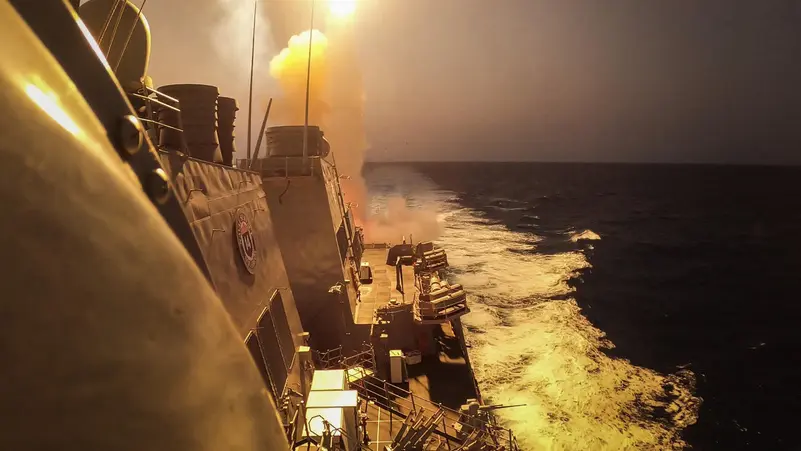The US Central Command (CENTCOM) said on October 19 that its forces shot down 20 suicide drones and cruise missiles over its area of responsibility over the past week.
In a statement, the command described the drones and missiles as “Iranian-supplied weapons” and said that they were launched by the Houthis (Ansar Allah) in Yemen and other Iran-aligned armed factions over several days.
The weapons “posed a significant risk to U.S., allies, and partner forces, as well as civilians in the region and beyond, according to the command, which noted that drones and missiles were downed by a combination of U.S. Air Force and U.S Navy assets.
“No U.S. service members were injured in these actions. U.S. and coalition forces remain at a high level of readiness, postured to defend U.S. interests and those of our allies and partners in the region,” CENTCOM added.
CENTCOM’s area of responsibility covers 21 countries stretching from Northeast Africa across the Middle East to Central and South Asia.
Many of the drones and missiles intercepted by the command forces were likely launched by the Houthis. The rest were likely launched by the Islamic Resistance in Iraq, an umbrella group of Iran-aligned armed factions.
Both groups have been launching attacks against Israel and U.S. forces in the Middle East since the outbreak of the Israeli war on the Gaza Strip last October.
In the same statement, CENTCOM said that its forces came under rocket attacks from Iran-aligned armed factions twice over the past week. There were reports of attacks on U.S. forces at the Conoco gas plant in the eastern Syrian governorate of Deir Ezzor.
“In both instances, the rockets were successfully intercepted. No U.S. service members were injured in either incident,” the command said.
The U.S. continues to show unwavering support for the Israeli war on Gaza, which has so far claimed the lives of more than 42,000 Palestinians.
The war led to a larger U.S. military presence in the Middle East and the risks of an all-out war in the region never been higher.
